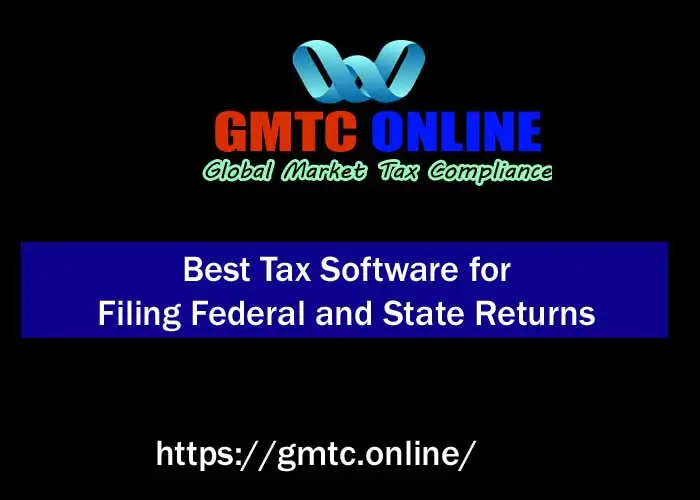Are you struggling to pay back taxes to the IRS and feeling overwhelmed by penalties and interest? You’re not alone. Many Americans face this challenge each year, but the good news is that the IRS offers various tax relief programs to help you manage or even reduce your tax debt. This article will guide you through the options available so you can find a solution that works for you.
Read More: Tax Deductions for First-Time Homebuyers in the USA
What Are IRS Tax Relief Programs?
IRS tax relief programs are initiatives designed to assist taxpayers who owe back taxes but cannot pay them in full. These programs offer payment plans, debt forgiveness, penalty reductions, and even options to settle for less than the total amount owed. Knowing your options can be the first step toward financial peace of mind.
Types of IRS Tax Relief Programs
1. Installment Agreements
An installment agreement allows you to pay your tax debt over time in smaller, manageable amounts. The IRS offers two main types:
Streamlined Installment Agreements
This is for taxpayers who owe $50,000 or less and can pay off their debt within 72 months. The application process is straightforward, and you can apply online.
Non-Streamlined Installment Agreements
For debts exceeding $50,000, you’ll need to provide additional financial information to the IRS and negotiate the terms of your payment plan.
Learn more about installment agreements on the official IRS website.
2. Offer in Compromise (OIC)
An Offer in Compromise allows you to settle your tax debt for less than the full amount owed if you meet specific criteria. When evaluating your eligibility, the IRS considers factors such as your income, expenses, and asset equity. While the application process is rigorous, it can be a lifeline for those in financial hardship.
3. Currently Not Collectible (CNC) Status
You can request CNC status if paying your back taxes would cause undue financial hardship. While in this status, the IRS temporarily halts collection efforts, though interest and penalties may still accrue. Regular reviews are conducted to determine if your financial situation has improved.
4. Penalty Abatement
Penalties for late filing and payment can add up quickly. However, the IRS offers penalty abatement programs for first-time offenders or those who can demonstrate reasonable cause, such as a medical emergency or natural disaster.
5. Innocent Spouse Relief
If your spouse or former spouse improperly reported income or claimed deductions, you might qualify for Innocent Spouse Relief. If you meet the requirements, this program can remove your liability for the resulting tax debt.
Check eligibility criteria for Innocent Spouse Relief on the IRS website.
6. Taxpayer Advocate Service (TAS)
The TAS is an independent organization within the IRS that helps taxpayers resolve issues they cannot handle through regular IRS channels. This service is beneficial if the taxpayer is facing financial hardship or procedural delays.
How to Apply for IRS Tax Relief?
Step 1: Assess Your Financial Situation
Before applying for tax relief, gather detailed information about your income, expenses, and assets. This will help you determine which program suits your needs.
Step 2: Contact the IRS
The IRS offers various tools and resources online. You can also contact their customer service directly to discuss your options. Be prepared to provide documentation to support your case.
Step 3: Submit the Necessary Forms
Each program requires specific forms. For example, an Offer in Compromise requires Form 656 and Form 433-A (OIC).
Step 4: Monitor Your Application
IRS applications can take time to process. Stay proactive by regularly checking the status of your application and responding promptly to requests for additional information.
Benefits of Using IRS Tax Relief Programs
- Avoid Wage Garnishments: Prevent the IRS from garnishing your wages or seizing assets.
- Reduce Stress: Knowing you’re on a path to resolving your debt can provide immense relief.
- Save Money: Penalty abatements and negotiated settlements can lower the total amount you owe.
Frequently Asked Questions (FAQs)
1. Who qualifies for IRS tax relief programs?
Eligibility varies by program. Generally, you must demonstrate financial hardship, compliance with filing requirements, and a genuine inability to pay your tax debt.
2. Can the IRS forgive tax debt?
Yes, under specific circumstances, the IRS may forgive a portion of your tax debt through programs like Offer in Compromise or penalty abatements.
3. What happens if I ignore my tax debt?
Ignoring tax debt can result in severe consequences, including wage garnishments, bank levies, and liens on your property.
4. How long does the IRS have to collect back taxes?
The IRS typically has 10 years from the date they were assessed to collect back taxes. After this period, the debt is no longer legally enforceable.
5. Do I need a tax professional?
While you can handle most tax relief applications yourself, hiring a tax professional can simplify the process and improve your chances of approval.
Taking the first step toward resolving your tax debt can feel overwhelming, but with the correct information and approach, you can regain control of your financial future. Explore these IRS tax relief programs and find the solution that fits your needs.




